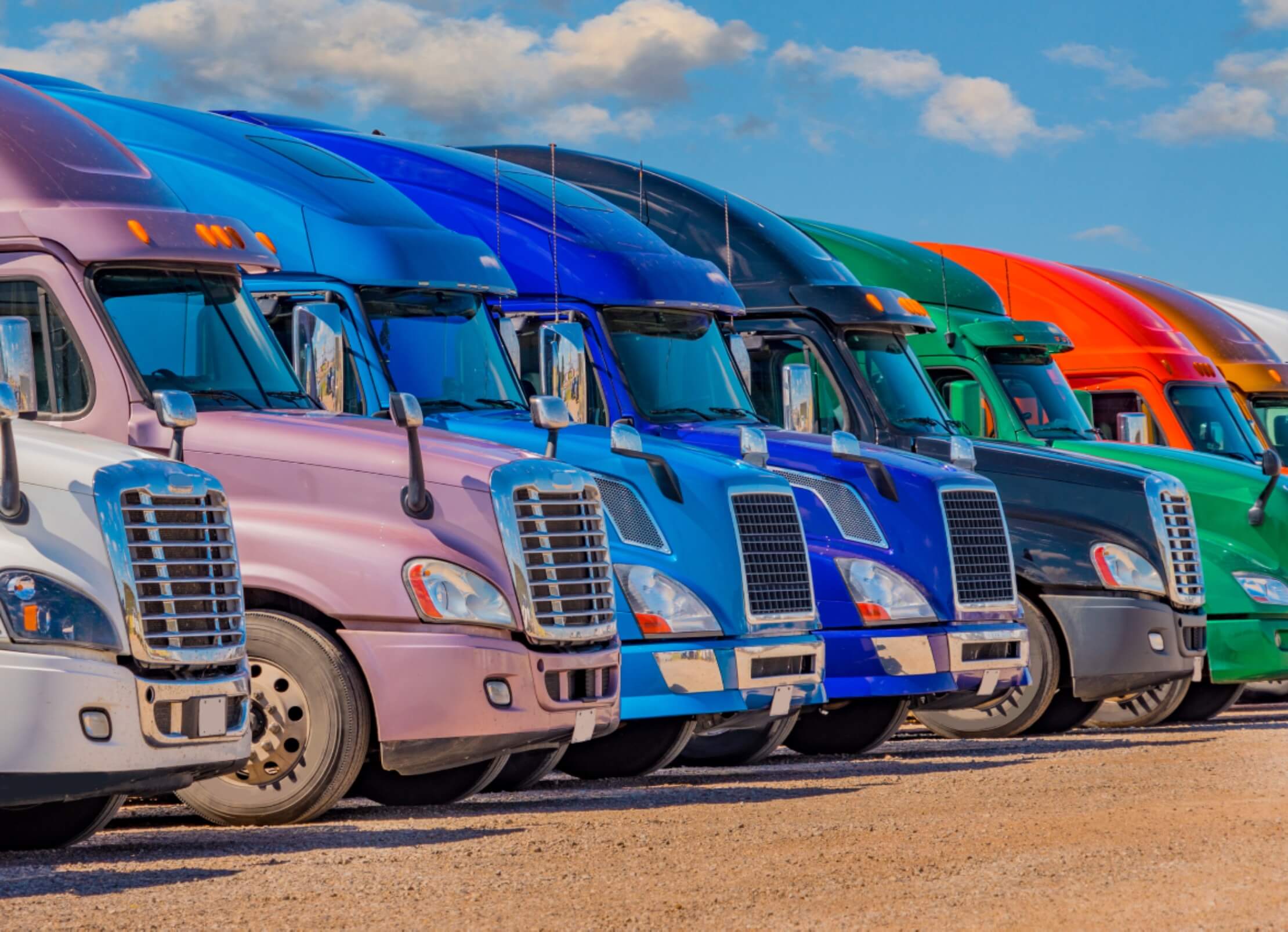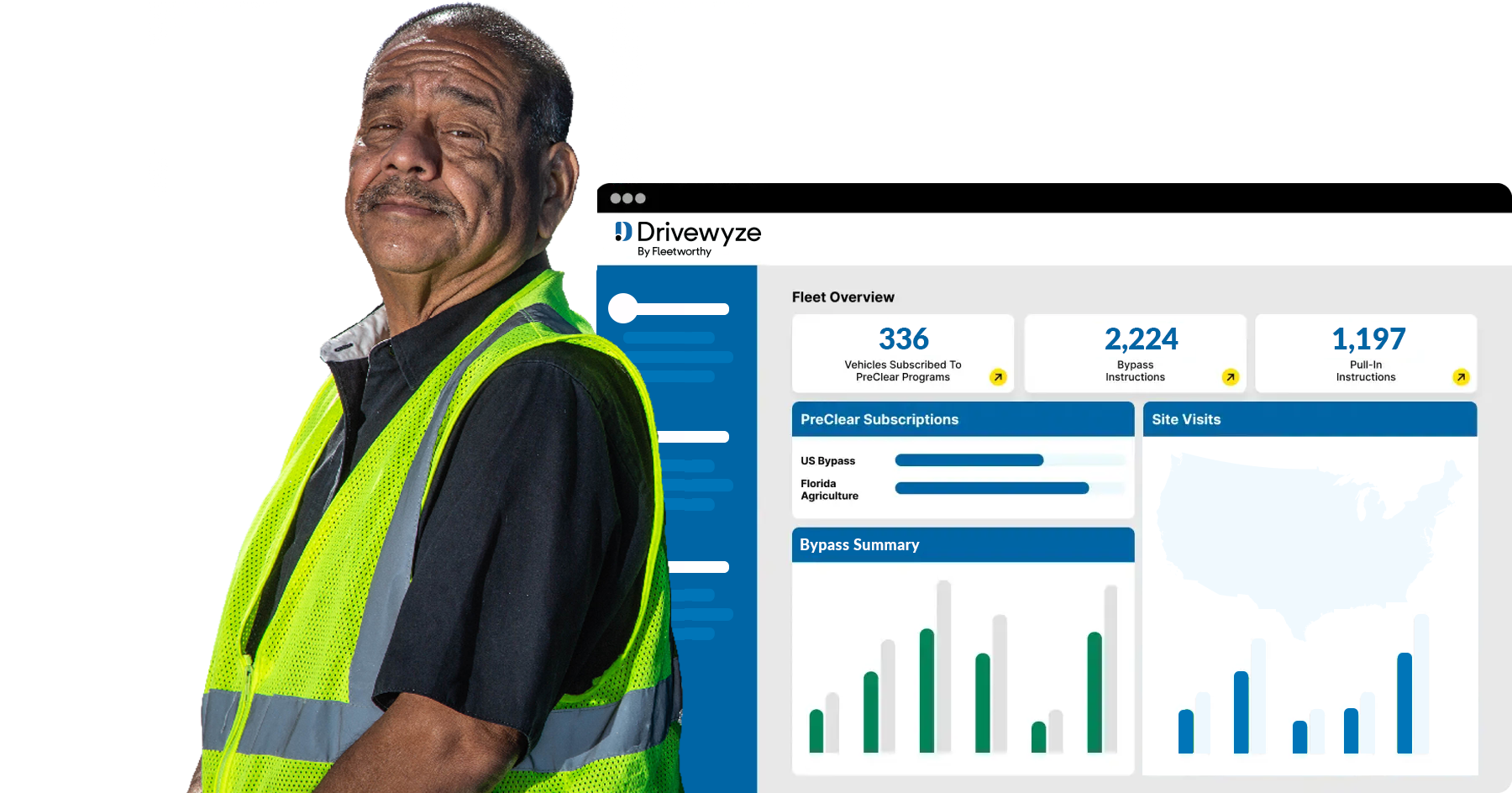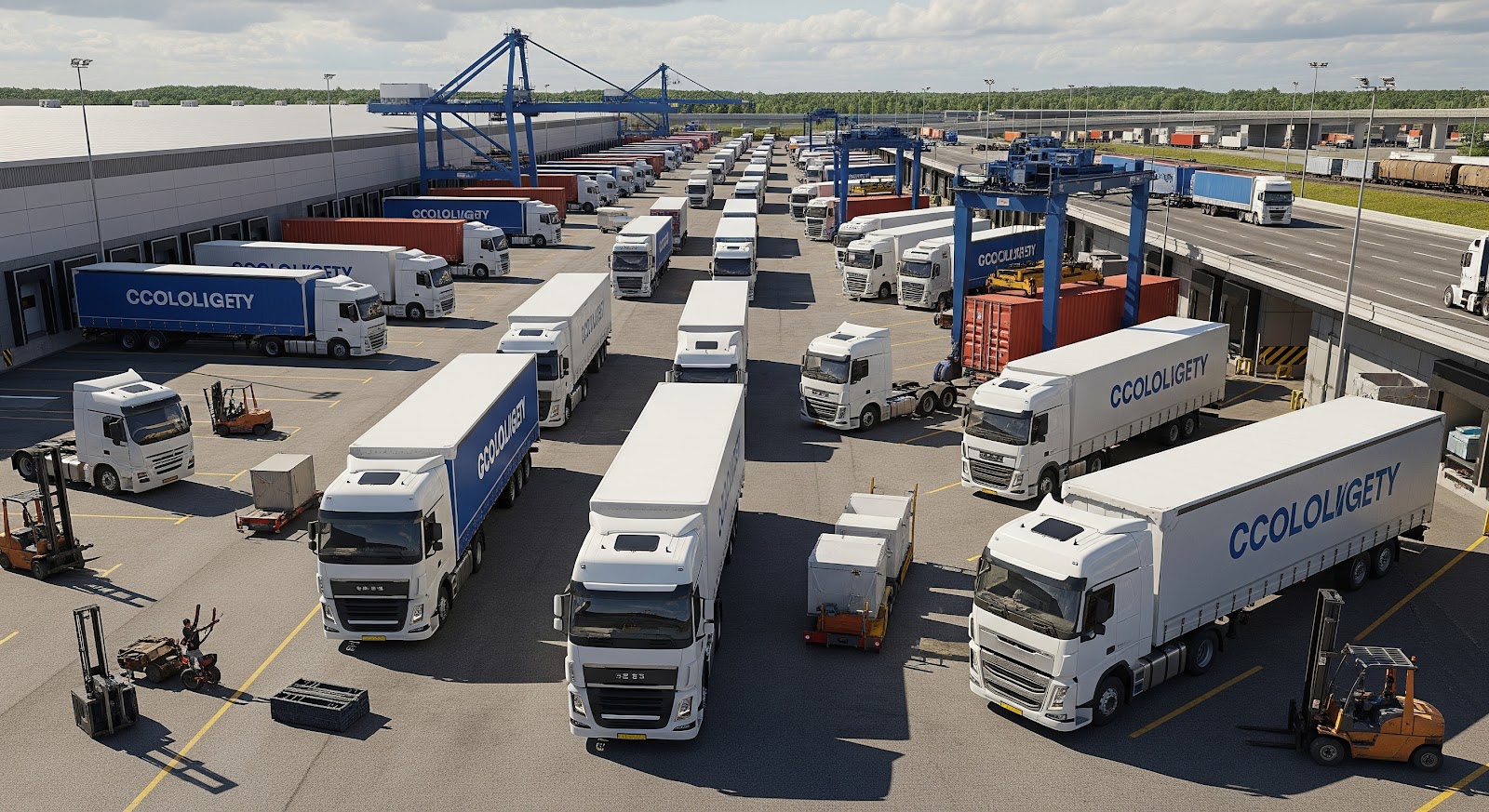Smog checks are laws instituted to curtail excessive tailpipe emissions, thereby reducing air pollution in areas where the laws are in effect. If your fleet of trucks operates in the state of California, it is important to take note of the state’s new smog check legislation so you can be sure your vehicles are in compliance with the law.
Overview of New Legislation
In 2021 California passed landmark legislation to reduce air pollution. These new laws aimed to reduce emissions from large trucks and high-polluting models of lawn equipment. They are the first state in the nation to introduce legislation targeting heavy-duty trucks as a source of air pollution.
The law states that high-polluting models of lawn equipment must be phased out of production by 2024. It also includes a landmark stipulation for big rigs, which must now undergo regular smog checks like other vehicles. For large trucks, the checks will mostly operate via on-board diagnostic systems, so they will be maintained mechanically. The legislation is the most significant emissions reduction measure in over a decade and marks new legislative ground on a nationwide level. For a full view of the new legislation, you can read the California Bureau of Automotive Repair’s Smog Check Manual here.
Goals of Legislation
California’s new smog check legislation aims to address the law’s long standing allowance of air pollution from big rigs and other heavy-duty trucks. Reports indicate that although heavy-duty trucks make up only three percent of vehicles on California roads, they account for half of smog-forming pollution damage. Heavy-duty trucks such as semis are high-risk vehicles in terms of fine particulate pollution, the air pollution which is primarily responsible for reduced visibility (haze) across the country and can be potentially harmful to cardiovascular health.
The new rules would cut into this environmental damage with a goal to reduce particulate pollution substantially by 2050. These reductions should, in turn, prevent thousands of illnesses, doctor visits, hospitalizations, and even cardiopulmonary deaths in the state of California. The cost of the law will amount to over eight billion dollars in state spending over a period of twenty years, but billions more are projected to be saved in public health costs due to the lessening of health risks from air pollution.
Smog Check Compliance
With state laws changing, it is imperative for the wellbeing of your fleet that you ensure your vehicles are in compliance with the new legislation. Failure to pass a smog check test will negate a vehicle’s registration renewal, making it illegal to drive that vehicle until the check is passed. Therefore, it is of utmost importance to remain in compliance.
To receive the smog check certification, a vehicle must pass all stages of the check. These may include examination of a vehicle’s emission control components, a functional review of various vehicle subsystems such as check engine light, gas cap, ignition timing and exhaust system, as well as a full review of the vehicle’s on-board diagnostic (OBD) system. For more information about smog check compliance, vehicle safety, and the future of fleet management.
Preparing for a Smog Check
Making sure your vehicle is prepared for a smog check or any other type of vehicle inspection is essential. Given that a smog check at a STAR station can be time-consuming, it’s good to make sure your vehicle is capable of passing inspection on the first try. A good first step for preparing your vehicle for a smog check inspection is to assess your vehicle’s check engine light status, as an illuminated check engine light constitutes an automatic failure on the smog check. Ensuring your engine is functioning properly and efficiently is key not only for vehicle inspections but to keep the driver, and other motorists, safe. Next, it’s good to drive the vehicle at highway speeds for at least a few minutes before the inspection in order to warm up the vehicle so the inspector can properly assess the vehicle’s torque.
Another important step is to keep track of the vehicle’s oil change milestone. If the date for an oil change is upcoming, make sure the truck’s oil has been changed before the inspection, as low or contaminated oil could also result in an automatic failure on the smog check. The final step in preparing for the smog check is to request a pre-check at the STAR station, ensuring that your vehicle is ready for the check and will not automatically fail any of the smog check requirements upon first inspection. Following these steps should help drivers and fleet managers from successfully complete their routine smog checks. For more information about inspection efficiency, Drivewyze has several other resources available here.
Best Practices Moving Forward
Moving forward, it is important to ensure that fleet managers, drivers, and all other associated employees are aware of the changes to the law and understand its effects on their work, their vehicles, and the environment around them. Drivewyze offers many resources for individuals at every level, including drivers, operations managers, safety officers, financiers, and tech support experts. Making sure everyone has a good base level of knowledge about the problems posed by high emissions and the basic tenets of California’s smog check legislation is key in maintaining efficient and safe business practices.
On the individual level, it is key for drivers to be attentive to the above protocols for passing the smog check and to complete the prerequisite steps to prepare their vehicle for a smog check inspection. For fleet operations managers, it is necessary to oversee the entire fleet with routine, scheduled assessments of vehicle functionality and wellbeing throughout the year. This helps ensure any necessary repairs or new acquisitions are completed in a fashion which allows for efficient supply-chain movement on the part of fleet managers and the clients with whom they liaise. Under the law, fleet operators must submit testing data for their vehicles twice a year to ensure that all vehicles in the fleet are in compliance with the smog check legislation.
Looking for more information about fleet management, inspection safety, legislative changes, or other related resources? Drivewyze offers a range of online resources to answer your questions.

Ready to Get Started?
Learn how North America’s leading carriers use Drivewyze to save money and improve safety.





